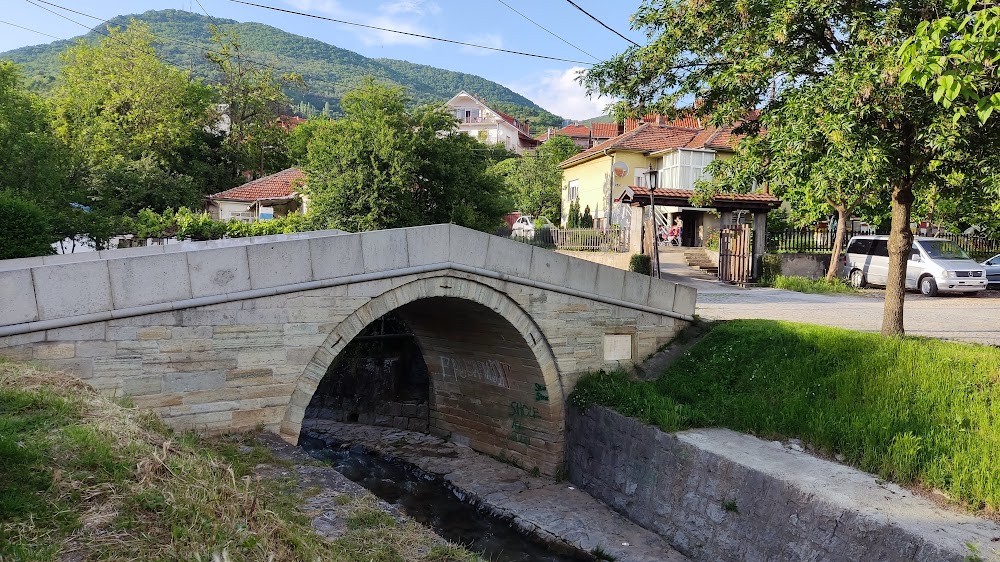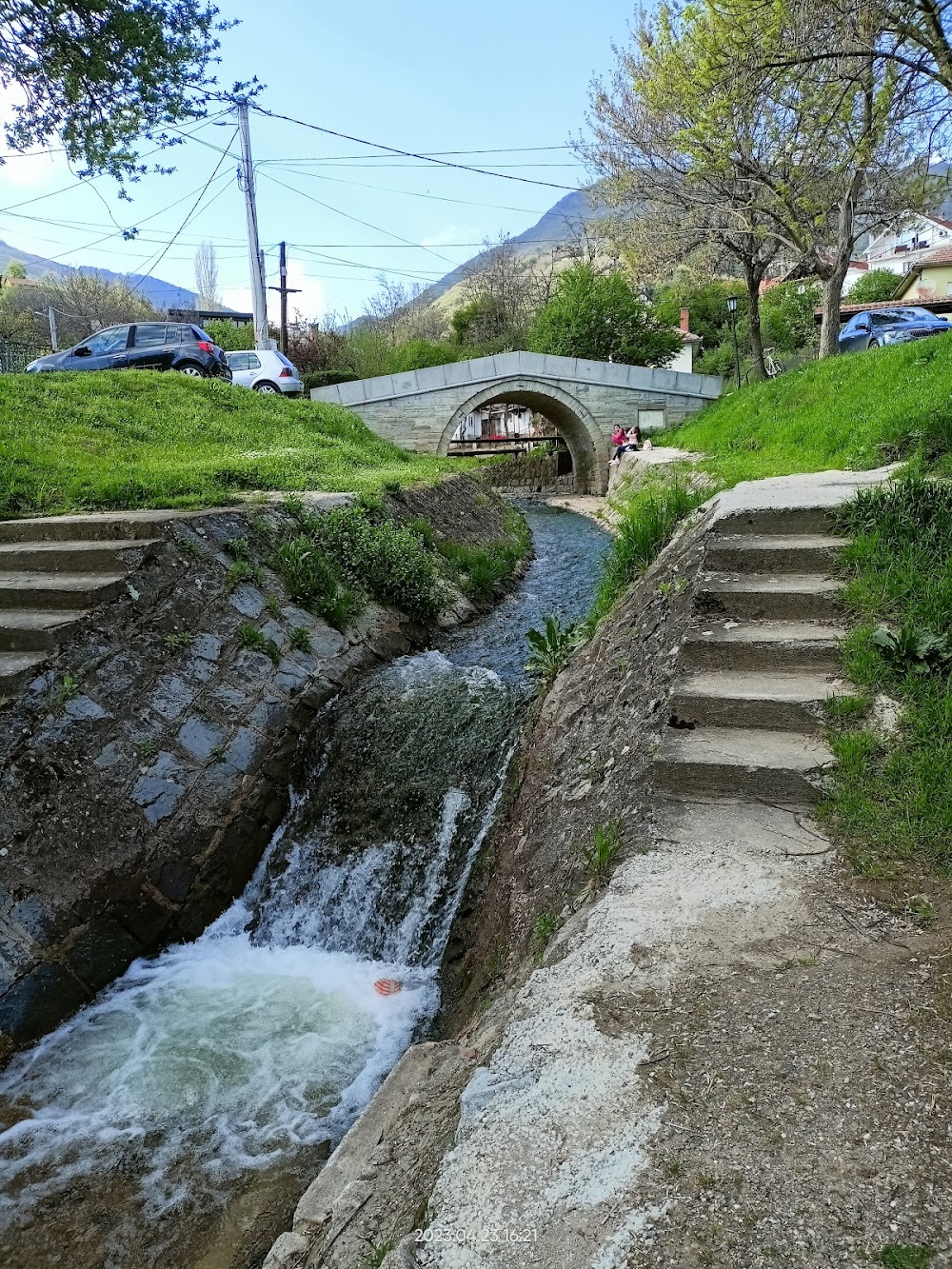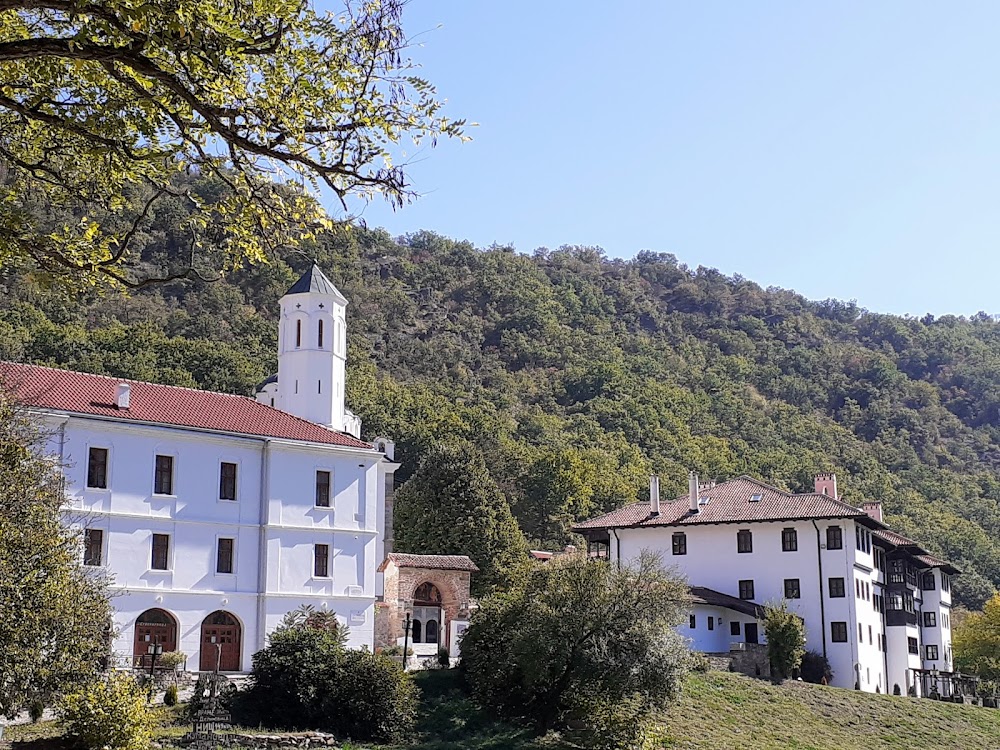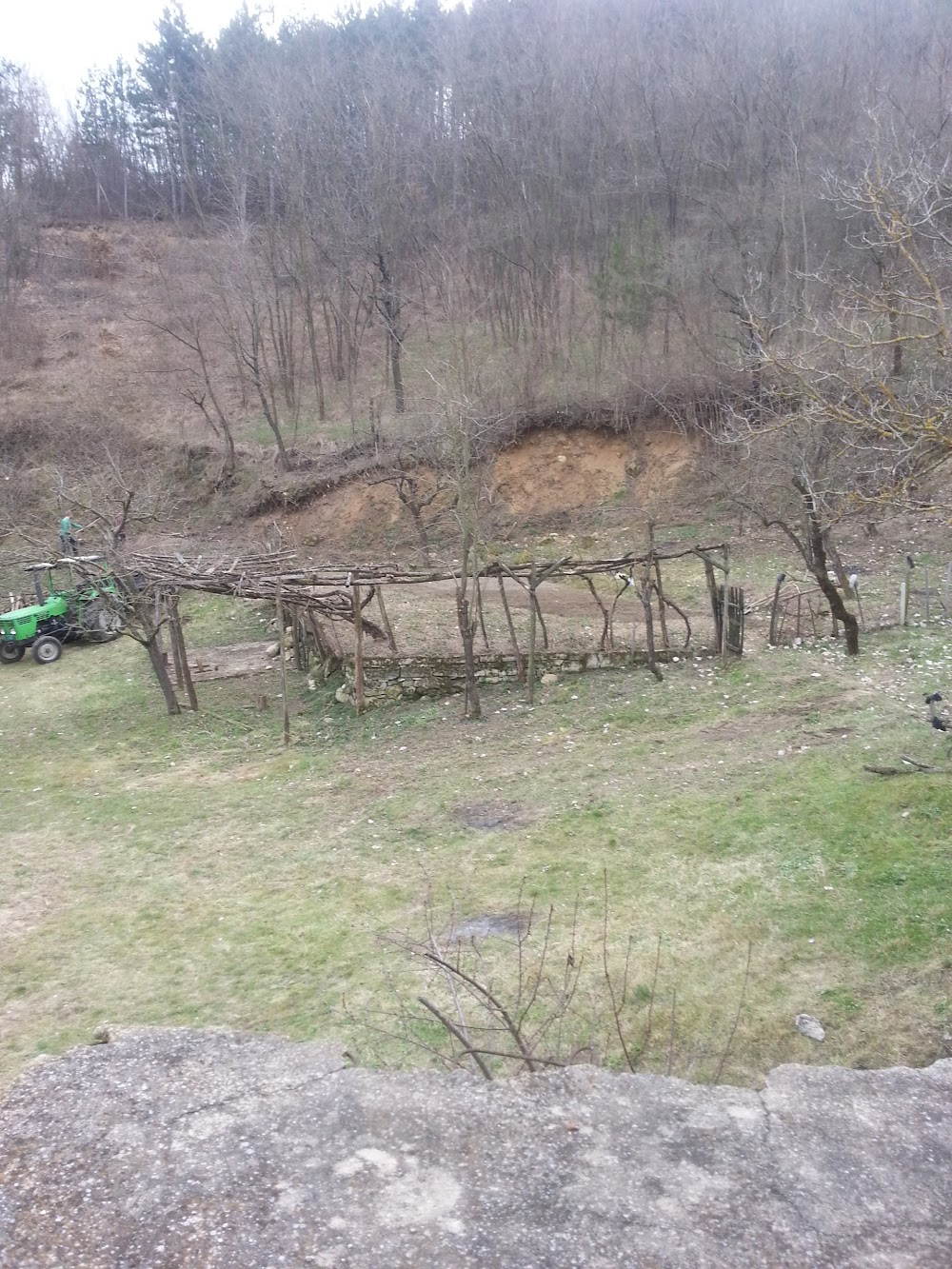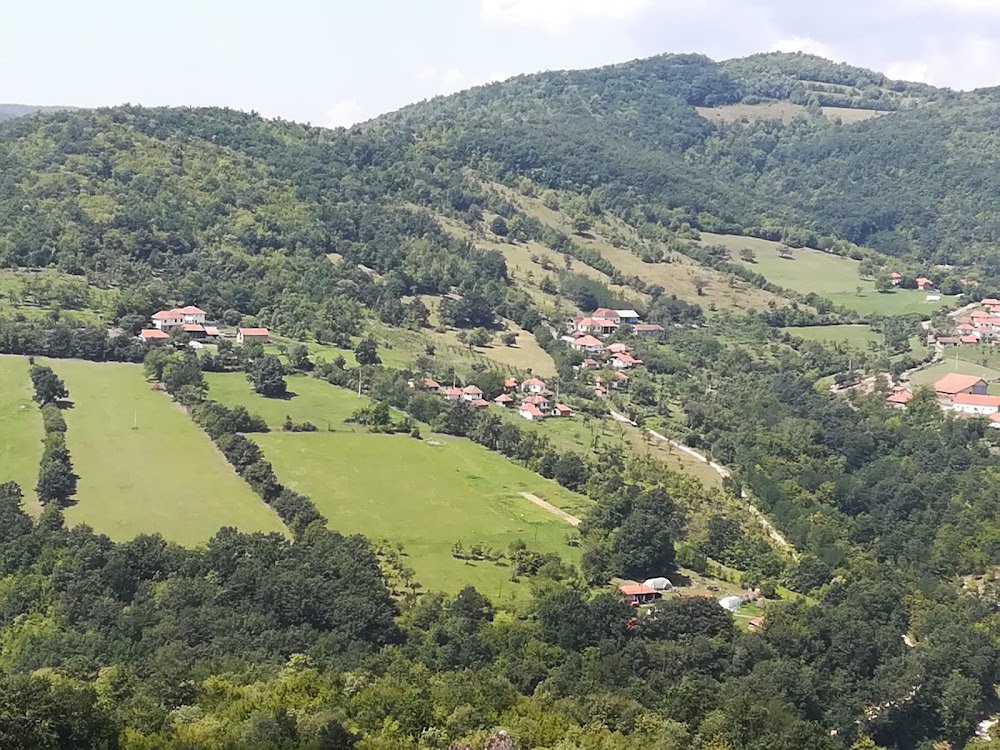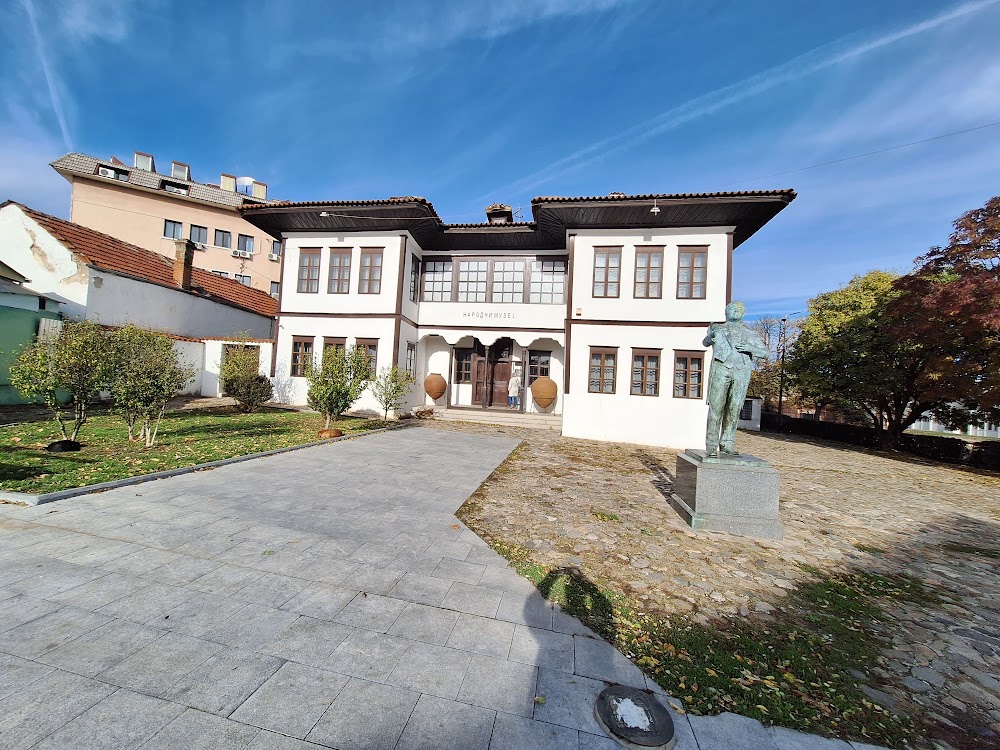White Bridge (Бели мост)
Overview
In the picturesque Pčinja District of Serbia, one of the most captivating landmarks is the White Bridge, locally known as Beli Most. This stunning stone structure stands as a remarkable testament to ancient engineering, deeply intertwined with the rich lore and artistry of Serbian culture.
Constructed in 1844 during the Ottoman period, the White Bridge was commissioned by a local Turkish authority as a tribute to a tragic love story. The legend tells of an unrequited romance between a local Serbian girl and a Turkish nobleman, fraught with cultural tensions and ultimately ending in sorrow. This poignant tale leaves the bridge as a lasting reminder of their fated connection, steeped in history and emotion.
The bridge itself is crafted from locally sourced white stone, which gives it both its distinctive name and appearance. Masons and artisans from the region meticulously carved and assembled the stones, employing time-honored techniques passed down through generations. Their skilled craftsmanship ensured that each piece fit together seamlessly, resulting in a robust structure that has withstood the test of time.
Stretching over the Vranja River, the White Bridge measures approximately 10 meters in length and stands about 4 meters high. Its elegant single arch design embodies both form and function, with measurements carefully crafted to provide optimal strength and durability. This thoughtful engineering has allowed the bridge to endure the elements and heavy use throughout the years.
Decorative elements adorn the bridge, featuring intricate stone carvings and inscriptions in both Arabic and Serbian scripts. These details pay homage to the cultural confluence of Ottoman influence and local traditions, enhancing the aesthetic appeal of the White Bridge. It serves not only as a functional passageway but also as a work of art in its own right.
Over the years, the bridge has experienced periods of wear and restoration, with local communities taking great care to preserve its original beauty and structural integrity. Restoration efforts in the 20th and 21st centuries have focused on cleaning the stone, reinforcing the foundation, and ensuring that repairs are conducted using materials and techniques faithful to the original construction.
Today, the White Bridge is a picturesque spot for both tourists and locals. It has become a popular location for photography, a serene walking area, and a vivid reminder of the region’s rich history. As visitors stroll across its well-worn stones, they are transported back in time, imagining the many generations that have crossed before them, each leaving their unique mark on the tapestry of the Pčinja District.


